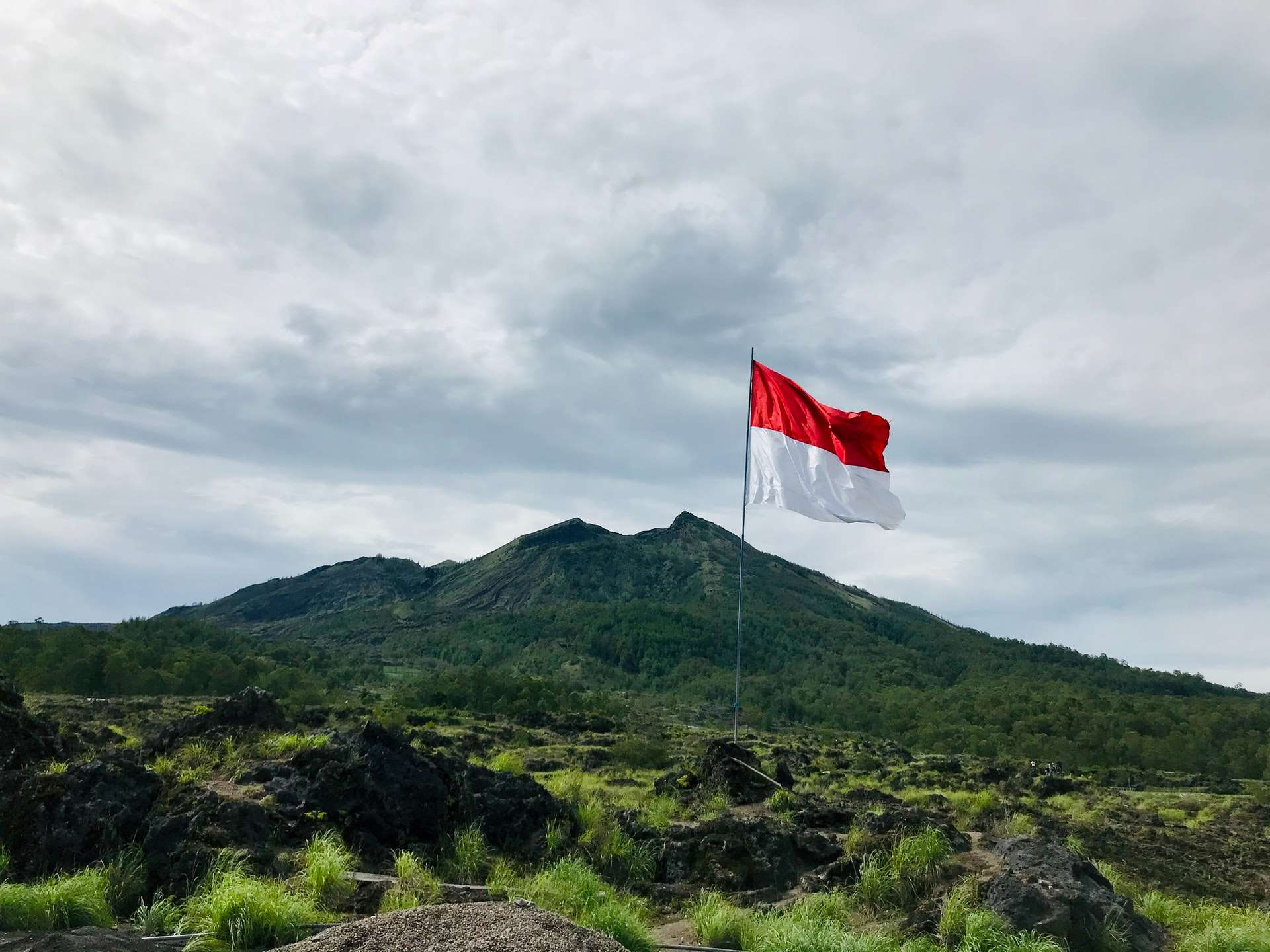As of Monday morning, May 6, 2024, the revenue from Bali’s tourist levy has almost reached IDR 79 billion. Despite the substantial collection, officials acknowledge that the implementation of this levy is still far from optimal.
“Regarding the foreign tourist levy, as of this morning (May 6, 2024), it has almost reached IDR 79 billion. Hopefully, this will continue to increase,” stated Tjok Bagus Pemayun, Head of Bali’s Tourism Office, during a virtual Weekly Press Briefing held in Central Jakarta on Monday, May 6, 2024.
However, Tjok emphasized that the collection process requires further improvement. “Currently, we are conducting continuous evaluations and monitoring at various tourist attractions,” he explained.
“For instance, we previously monitored Uluwatu, and we will continue such evaluations and socialization efforts to ensure tourists are aware of the levy.”
Read also: The Bali Maritime Tourism Hub is Coming Soon, Able to Host 400 Yachts!
The levy for international tourists was officially implemented on February 14, 2024. Each foreign tourist arriving in Bali by land, sea, or air is required to pay IDR 150,000. The aim is to ensure that visitors contribute to the preservation of Bali’s culture and environment.
In the initial phase of implementation, seven mobile barcode scanners were deployed to verify payment, and levy service counters were set up near customer service desks. This initiative is legally supported by Law Number 15 of 2023 concerning the Province of Bali and further detailed in Regional Regulation (Perda) Number 6 of 2023.
The levy targets the protection of Bali’s customs, traditions, arts, and local wisdom. It also aims to preserve the cultural and natural environment that makes Bali a popular destination, improve the quality of cultural tourism services, and guide the use and management of the collected funds.
Tjok Bagus highlighted the importance of continuous evaluation. “Our monitoring activities are crucial to ensuring that the collection process is effective and that tourists understand the purpose of the levy,” he said.
“This is particularly important in key areas like Uluwatu, where we have been focusing our efforts.”
The regulation specifies that the levy funds will be used to protect and maintain Bali’s cultural heritage and natural beauty, enhance tourism services, and ensure sustainable tourism practices. Bali Governor Regulation (Pergub) Number 36 of 2023 outlines the specific procedures for payment and management of these funds.
In conclusion, while Bali’s tourist levy has already generated significant revenue, efforts are ongoing to optimize its implementation. The ultimate goal is to support Bali’s cultural and environmental preservation while enhancing the overall tourism experience.























